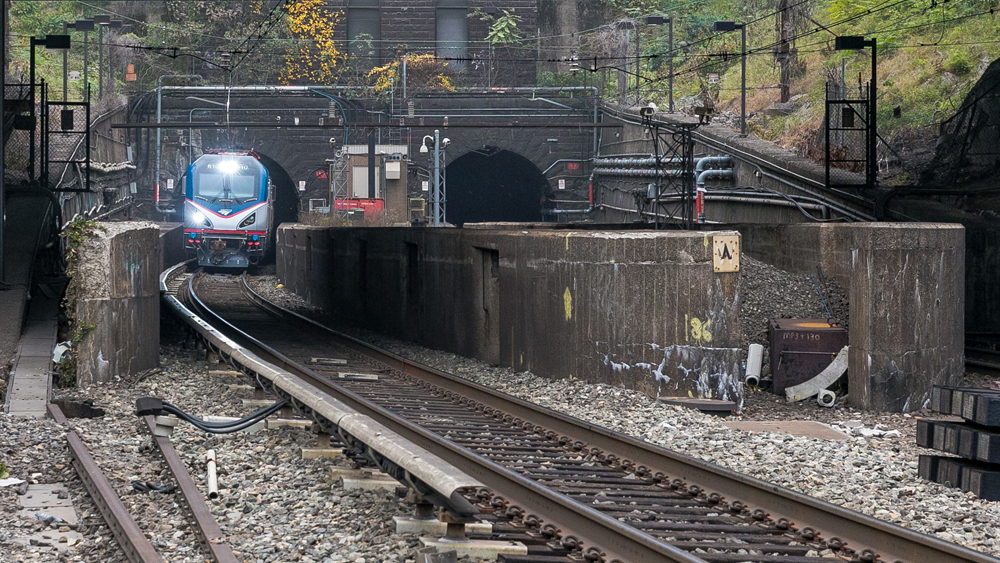
WASHINGTON — The federal government has committed $6.88 billion to the Hudson River Tunnel project, the long-discussed additional connection between New York and New Jersey that will eventually double capacity into and out of New York’s Penn Station.
News of the funding commitment was tucked somewhat innocuously into a Federal Transportation Administration press release announcing that the FTA had given permission for the tunnel project to enter the engineering phase. In its seventh paragraph, it noted that “Once all financial, technical, and legal requirements are completed, FTA’s anticipated funding commitment to the Hudson River Tunnel project will be $6.88 billion, subject to annual appropriation of funds by Congress.”
But elected officials on both sides of the Hudson celebrated the funding commitment, with U.S. Sen. Chuck Schumer (D-N.Y.) saying on Twitter that the project will receive “the largest federal infrastructure grant in history,” and U.S. Sen. Cory Booker (D-N.J.) using the same platform to say, “This historic $6.88B federal investment … is a win for regional connectivity and economic growth.”
The project — currently estimated to cost a total of $17.18 billion — will build two new tubes under the Hudson, then rehabilitate the existing 113-year-old tunnels which were damaged by flooding during Hurricane Sandy in 2012. New York and New Jersey have previously reached agreement on addressing their portion of the costs [see “New York, New Jersey sign agreement …,” Trains News Wire, July 7, 2022].
Approval for the project to enter the engineering phase, while small compared to the funding commitment, does carry its own significance. It gives the Gateway Development Commission, the multistate agency overseeing the project, authority to incur costs for engineering activities and other non-construction costs, such as utility relocation and property acquisition, and is a necessary step to unlock the access to the federal funds.
The New York Times reports that the commission’s chief executive, Kris Kolluri, said he was confident tunnel construction would begin this year and there would be no stopping it this time — a reference to an earlier Hudson tunnel project that began construction in 2009 but was canceled by then-New Jersey Gov. Chris Christie.
“I have never seen this level of cooperation,” Kolluri told the Times. “There’s no daylight between the state, local, and federal partners.”
Laura Mason, Amtrak executive vice president, capital delivery, said in a statement that the move to the engineering phase “has been years in the making, and we are thrilled to be even closer to the start of major construction on this critical Gateway Program project.”






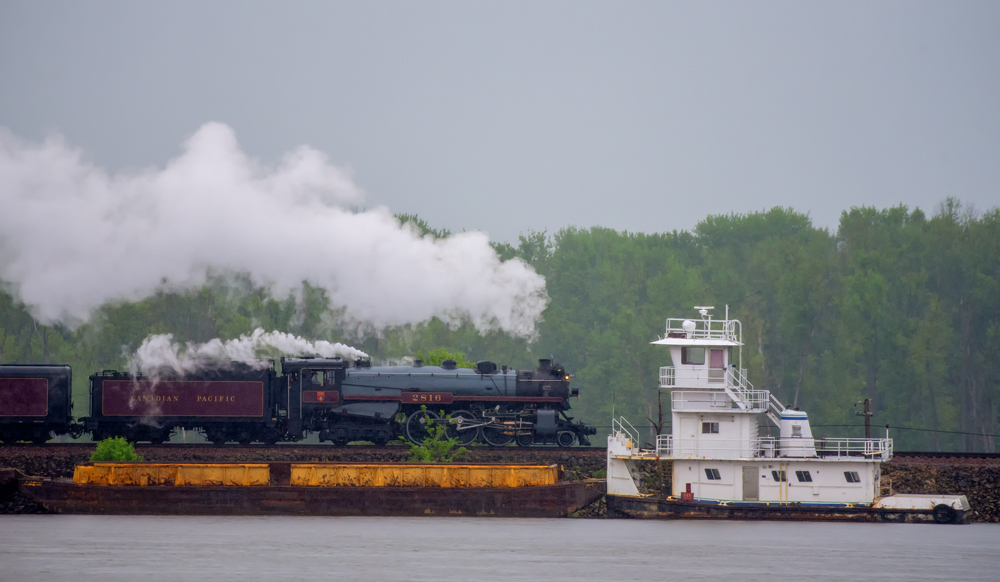
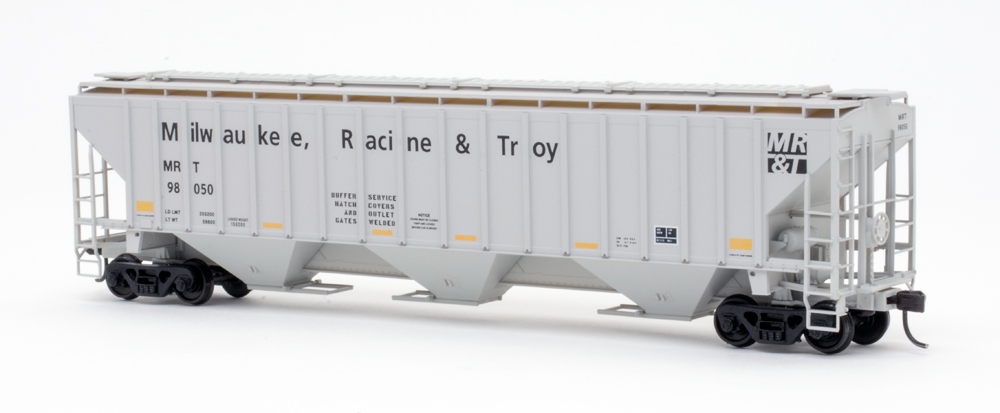
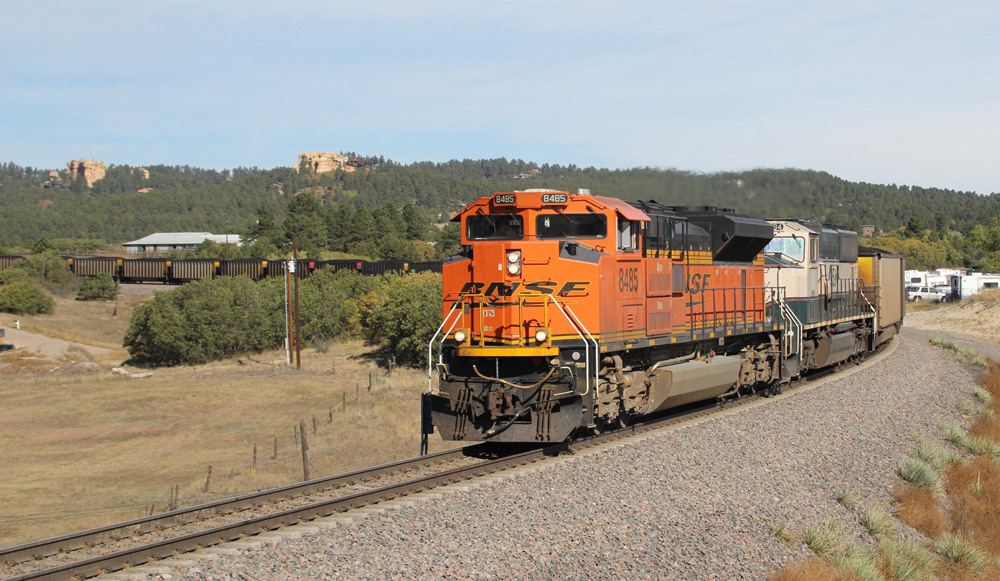
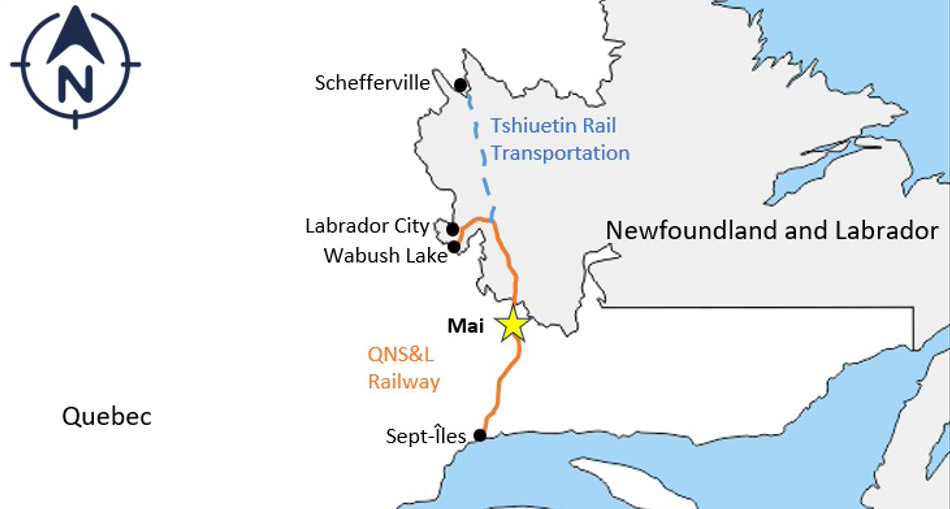




The existing (1910) North River Tubes have a capacity of 20 trains an hour and have been at that capacity. Each DL&W train added to Penn Station is matched by a PRR train now going to Hoboken.
Had they flooded before? No: they have pumps and seawalls. These were to protect Penn Station in case of an under river tube wall failure. But seawalls work both ways and in Agnes the floodwater was surface water from an LIRR yard. The decision was to let the freshwater (the North River itself is salt at NY City) into the tubes and have the pumps deal with it. This would protect all the switches, signals and other hardware in Penn Station itself.
The traction power is 25 Hz but the pumps were 60 Hz commercial power and then Con Edison shut off the power in NY. Thus there were no pumps. (Amtrak has since dealt with that problem)
looks like the DC third rail is still maintained. I thought it was taken out after the line was overheaad electrified in the 1930th??
Does anyone have an idea when it was used lately? And how far does it extend behind the tunnel?
There was an excursion train going up the west side of the Hudson river in I think 2016. But that train used an ordinary electric loco for the tunnel section. A pair of Amtrak’s dual mode locos could have been used for that train. Using the 3rd rail through the tunnel, istead of dragging a dead AC electric to almost Albany and back again.
The third rail ends right there where you see it in the picture. It’s been like that for all these many decades. The third rail is there so that work equipment can be pushed through the tunnel when the overhead electrification is de-energized for maintenance.
On August 31, 2022, the Gateway Development Commission announced that the new tunnels would be completed in 2035 and that the existing North River Tunnels would be rehabilitated by 2038.
The current route, about 11 miles (18 km) long, includes infrastructure that is more than 100 years old. The system operates at capacity during peak hours—24 trains per hour—and limits speed for safety reasons. The new route would run parallel to the current right-of-way, enabling dispatching alternatives, potential speed increases, and up to 24 more trains per hour.
Dr. Güntürk Üstün
If this is so critical (and I believe it is), the completion date is wacky. Three shifts, all permits passed almost immediately, no delaying lawsuits, muiti crews on many parts concurrently, completion date of 2028 (or a t worst, 2030)
Let’s get going!
Proponents — including Amtrak, New Jersey Transit and the MTA — say the new tunnel and its two tracks are evidently essential to provide more reliable service for commuters and travelers.
Dr. Güntürk Üstün
This grant is the single largest ever awarded by the federal government and ensures that engineering and construction on the project can get underway as soon as next year with an expected completion date of 2035.
Critics of the project have seized on the escalating price tag and elongated timeline, a price tag that has escalated since the design and other preparation work got underway in earnest in 2021.
Dr. Güntürk Üstün
It seems like, at last, the Gateway Program’s future is assured and the most important public works project in America is all systems go.
Dr. Güntürk Üstün
Project estimated to cost $17.18 Billion. I’m guessing the final bill will be closer to $50 Billion.
Robert Morris — Now there’s a famous name. The other Robert Morris financed the Revolutionary War, so maybe you, this Robert Morris, could come up with some ideas for this $50 Billion.
And try to hold it to $50 B’s. Which will take some big effort.
Regarding all that cost: the modern method is to include interest costs over the loans’ lives in the total cost figures. The $110 million the PRR spent on the original Penn Station project, East River and North River Tunnels, Portal Bridge, the whole shebang, did NOT include the interest cost. (This leaves aside the issue of whether if you do an orthodox refunding/refinance does that “savings” gets used to inflate the current profit figures or reduce the historic cost!). Eventually $50 billion might be, like in Weimar Germany, half a day’s pay.
Finally, 2 issues: (1) Since these tunnels have been around since 1910–have they gotten flooded before? (2) The connecting of the DL&W electric lines with Penn Station has led to a vast increase in the number of trains through the tunnel. That increase may be the true reason we have a problem now; Hoboken Terminal on the DL&W/Erie is almost a ghost town now! Maybe we should go back to forcing patrons to go via Hoboken and PATH/H&M.
Thomas Engle, “Hoboken Terminal on the DL&W/Erie is almost a ghost town now! Maybe we should go back to forcing patrons to go via Hoboken and PATH/H&M.” Thanks for answering my next question in advance. I last worked in and around Hoboken from 1968 to 1977, the first 20 months on the E-L PD, and then transferred to telecom in 1970 where we had a work shop in between the old abandoned ferry boat slips, and then I transferred to Susquehanna, PA. in 1977. So having said what you described about the Hoboken Passenger terminal being a ghost town, I can only imagine how and where those former E-L commuter trains finally transferred directly to NYC. How about the non-electrified lines like the former NJ-NY branch Pascack Valley line where I lived in Hillsdale, as I guess they still have to use the old Hoboken Terminal. And will the old Northern Branch finally be resurrected and funneled into Hoboken or NYC??? I still remember all those commuters stampeding from the E-L’s ~16 track electrified platforms to the Hudson Tubes/PATH, it was quite a scene. Thanks from retired in 2010 after 42 years of RRing, last in NM for SP/UP, for stirring up all those memories 🙂